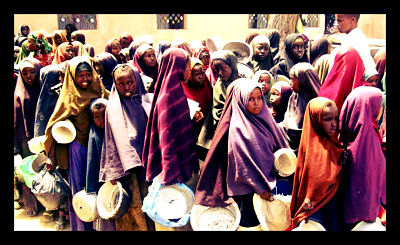
In 1945, twenty-two separate American charities decided they could accomplish more good by working together. They combined to become CARE, a network of humanitarian organizations providing relief to war-torn Europe. Originally named the Cooperative for American Remittances to Europe, they delivered millions of CARE packages across Europe, believing that poverty was the result of a lack of basic goods, services and healthcare.
With the need for war relief in Europe drawing down, CARE began shifting its focus to the developing world, where poverty, conflict, famine and natural disasters rendered their relief efforts invaluable. But their regions of focus are not all that changed; as the organization grew, they expanded their understanding of poverty and its causes to include the view that social exclusion, discrimination, and the absence of rights and opportunities often cause poverty.
By the early 1990s, the meaning behind the organization’s acronym was updated to “Cooperative for Assistance and Relief Everywhere”. And by 2007, more than six years of experience caused CARE to adjust its mission again to include a focus on gender equality, realizing that empowered women are the key to lifting families out of poverty.
CARE is now one of the oldest and largest global poverty aid organizations in the world, with 14 member organizations working in 84 countries supporting 997 poverty-fighting development and humanitarian aid projects. CARE Australia, CARE Canada, CARE Denmark, CARE Deutschland-Luxembourg, CARE France, CARE International Japan, CARE Nederland, CARE Norge, CARE Österreich, CARE Thai Foundation, CARE International UK, CARE USA and two affiliate members CARE India and CARE Peru, work together to defend the dignity and fight poverty by strengthening communities’ capacity for self-help, providing economic and educational opportunities, delivering relief in emergencies, safeguarding health for mothers and families, enhancing water access, influencing policy decisions at all levels, and addressing discrimination in all its forms.
By dealing with the causes of poverty, CARE helps people to become self-sufficient, thereby promoting permanent change. Their mission is to help build a world where poverty has been eradicated and people can live in dignity and security. CARE truly is a global force in the movement to end poverty.
– Dana Johnson
Source: CARE,CARE International
Photo: npr


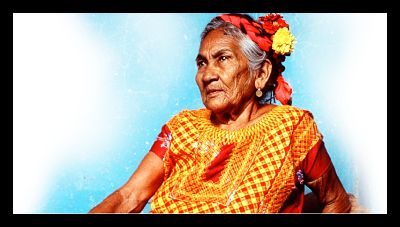
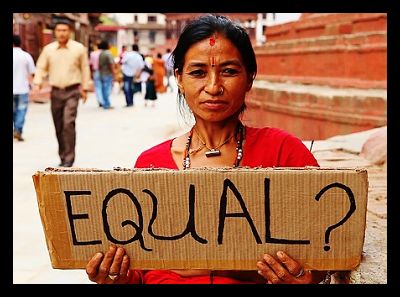

 Actress, Olivia Wilde grew to fame for her role on one of the world’s most-watched television shows, House. However, she is also known for her role as a humanitarian. She has worked in
Actress, Olivia Wilde grew to fame for her role on one of the world’s most-watched television shows, House. However, she is also known for her role as a humanitarian. She has worked in 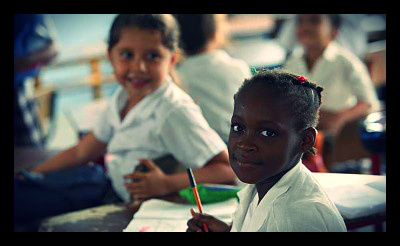
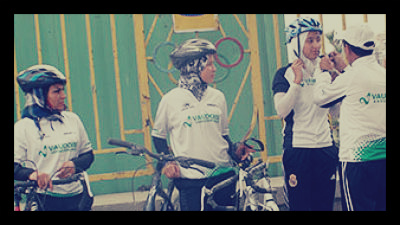 The Afghan women cycle for equality. Although women throughout
The Afghan women cycle for equality. Although women throughout 